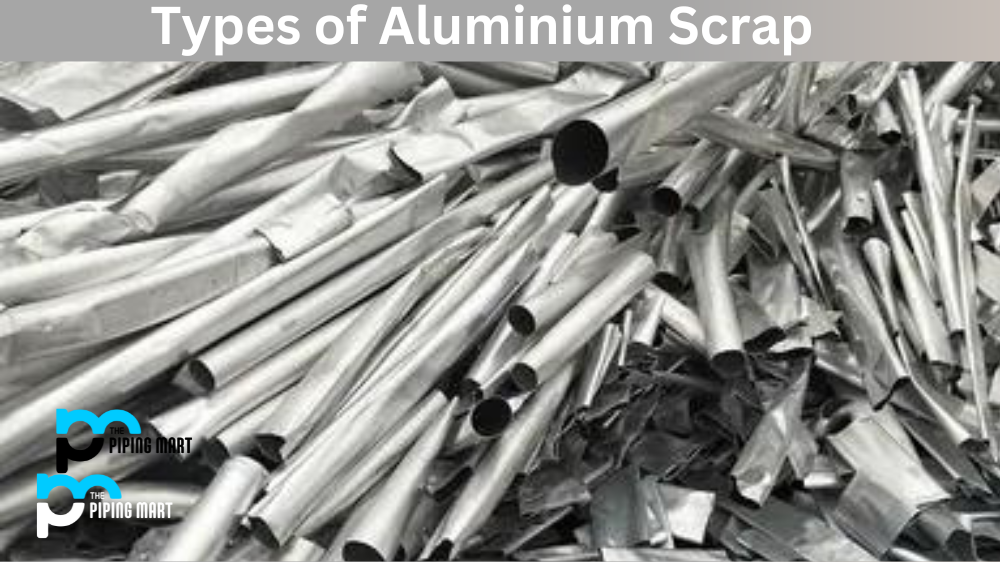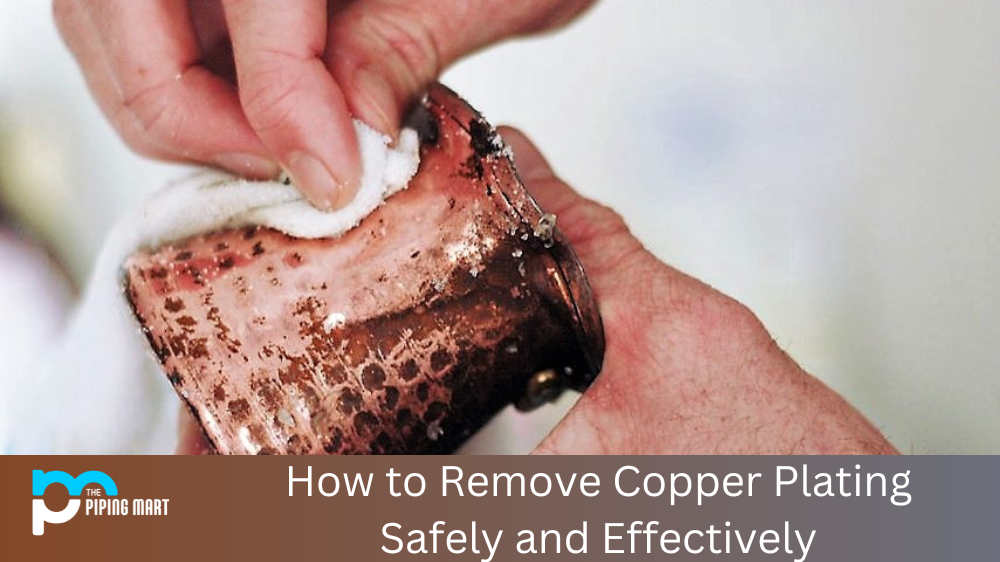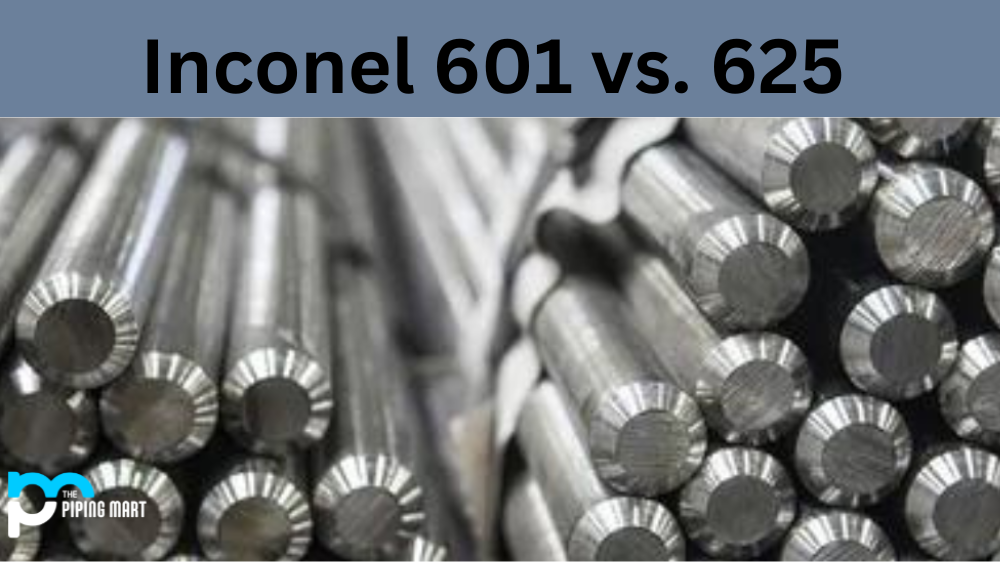Aluminium scrap is a vital commodity in manufacturing industries across the globe. The demand for this valuable material has skyrocketed because of its economic and environmental benefits. Recycling aluminium saves substantial amounts of energy and reduces greenhouse gas emissions. However, there are different types of aluminium scrap, each with unique properties that make them suitable for specific applications. This blog post explores the different kinds of aluminium scrap and their special features.
Old Sheet Aluminium
Known as “old sheet” because it was primarily used for cars and commercial vehicles, including aeroplane bodies, old sheet aluminium is thin, rugged, and durable. It’s one of the cheapest and most abundant sources of aluminium scrap, and it’s frequently used for low-end products that don’t require high-grade aluminium. The primary applications of old sheet aluminium include HVAC systems, heat exchangers, and fan blades. It can also be used in construction.
Cast Aluminium
Cast aluminium is another popular type of aluminium scrap. It’s produced primarily through casting methods such as die casting, sand casting, or investment casting. Cast aluminium is typically used for intricate shapes and designs such as engine components, ornamental items, and outdoor furniture. It’s beneficial in manufacturing many products because of its excellent thermal conductivity and high strength-to-weight ratio.
Aluminium Taint/Tabor
Aluminium taint/tabor is a blend of various types of aluminium scrap. It’s a category encompassing anything from sheet procured from doors, windows, and siding to aluminium foil scrap, aluminium foil laminates, and painted sheet metal. Taint/tabor is primarily applied in producing lower-quality aluminium alloys products such as small appliance covers, light switch plates, or coin blanks.
Extrusion Aluminium
Extrusion aluminium scrap is produced while manufacturing aluminium extrusions, usually made from alloys like 6000 and 6061. It’s an excellent feedstock for producing new profiles, extruded plastic, and die-casting tooling. They’re helpful in the construction industry for making window and door frames. They’re also valuable for making containers, railing systems, etc.
Mixed Aluminium Cans
Mixed aluminium cans refer to aluminium cans containing ferrous or non-ferrous materials. They’re typically collected from recycling bins and curbside cans. This mixed waste includes clean aluminium cans, tin-coated aluminium, and contaminated cans such as aerosol cans, aluminium foil, and pie tins. Composite aluminium cans are recycled into aluminium ingots, which are used for manufacturing new cans, foil, and appliances.
Conclusion
It’s essential to understand the different types of aluminium scrap to determine their application and value. Each class has unique qualities that make it perfect for specific uses. If you’re a manufacturer who uses aluminium in your production, recycling aluminium scrap can be cost-effective and environmentally friendly. Aluminium scrap reduces the burden on natural resources and helps to keep the environment clean. Knowing about the types of aluminium scrap and their potential applications helps manufacturers incorporate sustainability into their production process, reduce costs, and create value. An informed and conscious choice of aluminium scrap leads to a sustainable future.

Meet Bhavesh, a seasoned blogger with a wealth of knowledge and experience. From metal products manufacturing to retail, Bhavesh has a diverse background in various industries and is dedicated to sharing his insights and expertise with readers.




